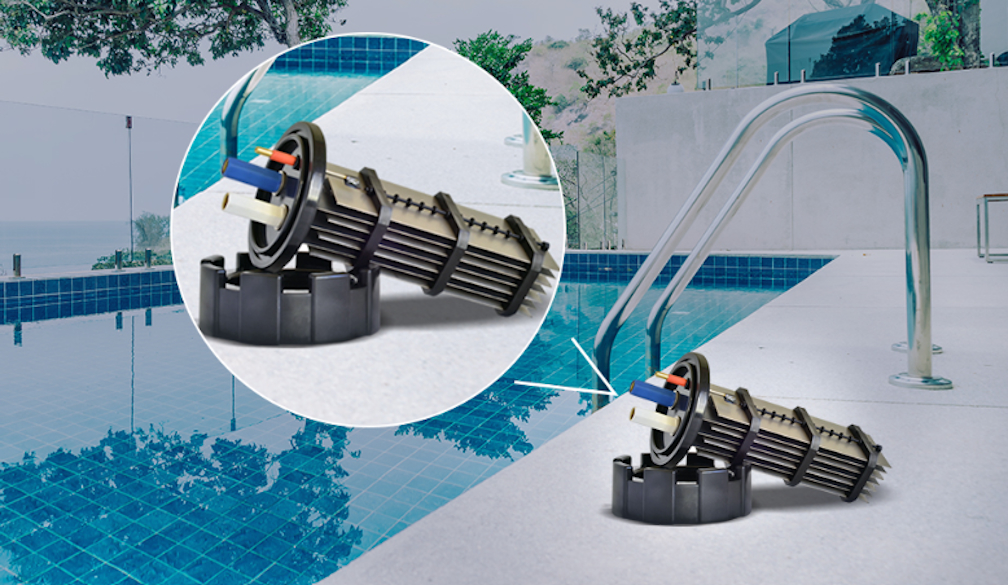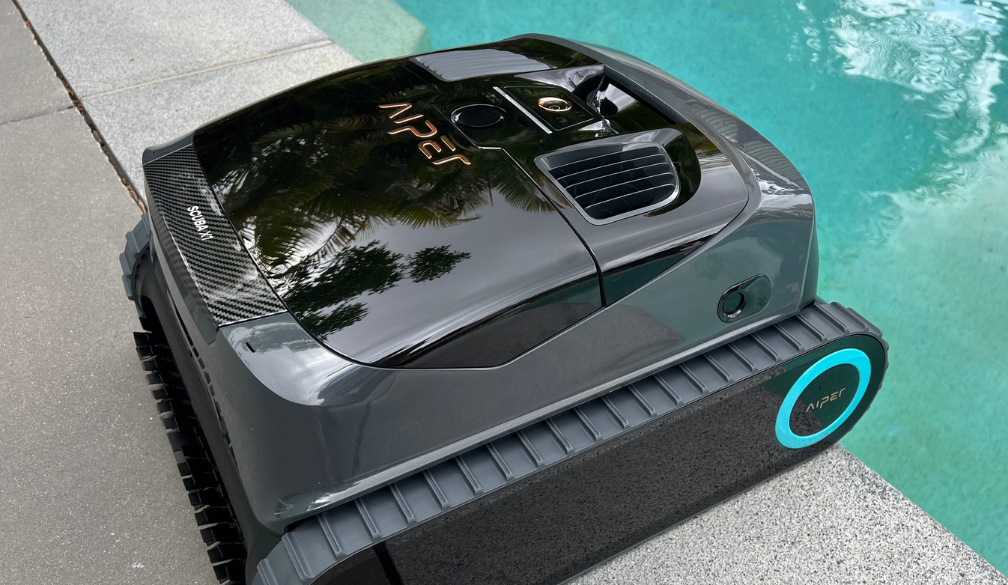When to Replace Your Salt Cell: Signs & Solutions for Sparkling Pool Water

Ah, the joys of a saltwater pool! No more harsh chemicals, no more red eyes, and a constant supply of fresh-smelling, chlorine-sanitised water. But like all good things, salt cells—the heart of your chlorine generation system—don't last forever. Understand the need for salt cell replacement to maintain a healthy and inviting pool environment.
This article will equip you with the knowledge to identify the telltale signs of a failing salt cell and offer solutions to keep your pool sparkling.
Understanding Salt Cells: A Quick Refresher
A salt chlorine generator (also known as a salt chlorinator) uses your pool's salt content to produce chlorine through a process called electrolysis. The salt cell, a cylindrical chamber containing electrode plates, is where the magic happens. When saltwater passes through the cell, the electrical current separates the chlorine ions (Cl-) from the sodium ions (Na+), creating hypochlorous acid (HOCl), the primary sanitising agent in chlorine.
The Lifespan of a Salt Cell
There's no one-size-fits-all answer to how long a salt cell lasts. The typical lifespan ranges from 3 to 7 years, depending on several factors:
- Usage: Heavily used pools will require the cell to work harder, reducing its lifespan. Factors like the size of your pool, frequency of swimming, and climate all play a role.
- Maintenance: Proper pool water chemistry and regular cleaning of the cell are crucial for optimal performance and longevity.
- Water Chemistry: Imbalanced water chemistry, particularly high pH, calcium hardness, and total alkalinity, can accelerate scale buildup on the cell plates, hindering chlorine production.
- Salt Quality: Using low-quality pool salt with impurities can damage the cell. Stick to reputable pool salt brands.
While some manufacturers provide an estimated lifespan for their cells, it's always best to be proactive and watch for signs that yours might be nearing its end.
Signs Your Salt Cell Needs Replacing
Here are the red flags that might indicate it's time to replace your salt cell:
- Low Chlorine Levels: This is the most common symptom. Even with the salt chlorinator set to a high level, your pool's chlorine levels remain stubbornly low, leading to cloudy or green water—a sign of algae growth.
- Physical Damage: Visually inspect the cell for cracks, broken or missing plates, or excessive scaling. These are all signs of physical deterioration.
- Increased Cell Voltage: While some fluctuation is normal, a consistently high voltage reading on your chlorinator could indicate internal cell damage. Consult your user manual for the appropriate voltage range.
Before replacing your cell, rule out other possibilities. Ensure proper water balance, clean the cell according to the manufacturer's instructions, and verify the salt level is within the recommended range.
Solutions to Extend Your Salt Cell's Life
Here are some proactive steps you can take to get the most out of your salt cell:
- Maintain Balanced Water Chemistry: Regularly test and adjust your pool's pH, calcium hardness, and total alkalinity levels. Keeping them within the recommended ranges minimises scale buildup on the cell plates.
- Clean Your Cell Regularly: The frequency of cleaning depends on your pool usage and water chemistry. Generally, cleaning every 1-3 months is recommended. Follow the manufacturer's instructions for proper cleaning procedures, which typically involve a light acid bath or a pressurised water rinse.
- Monitor Cell Voltage and Amperage: While voltage fluctuations can occur, consistently high readings might indicate internal damage. Low amperage readings, on the other hand, could suggest a failing cell or a dirty cell in need of cleaning. Consult your user manual for the appropriate ranges.
Replacing Your Salt Cell
If the signs point towards a failing salt cell, replacing it is the most effective solution. Here's what you need to know:
- Choosing a Replacement Cell: Ensure the replacement cell is compatible with your specific salt chlorinator model. Consider factors like size, electrode material (typically titanium or ruthenium-coated titanium), and warranty offered.
- Installation: While some pool owners feel comfortable replacing the cell themselves, consulting a qualified pool professional is recommended, especially for first-timers. They can ensure proper installation and avoid any potential warranty issues.
Additional Tips for a Sparkling Pool
Here are some bonus tips to keep your pool water sparkling and your salt cell functioning optimally:
- Run Your Pool Pump for Adequate Hours: Running the pump for sufficient hours ensures proper circulation and allows the salt cell to function effectively. The recommended daily runtime varies depending on your pool size and climate.
- Cover Your Pool When Not in Use: A pool cover minimises debris, algae growth, and the need for excessive chlorine production, reducing stress on the salt cell.
Wrapping Up
By being attentive to your salt cell's health and implementing these maintenance practices, you can enjoy a trouble-free saltwater pool experience for many years to come. Remember, a proactive approach is key to ensuring a sparkling pool and maximising the lifespan of your valuable salt cell.























